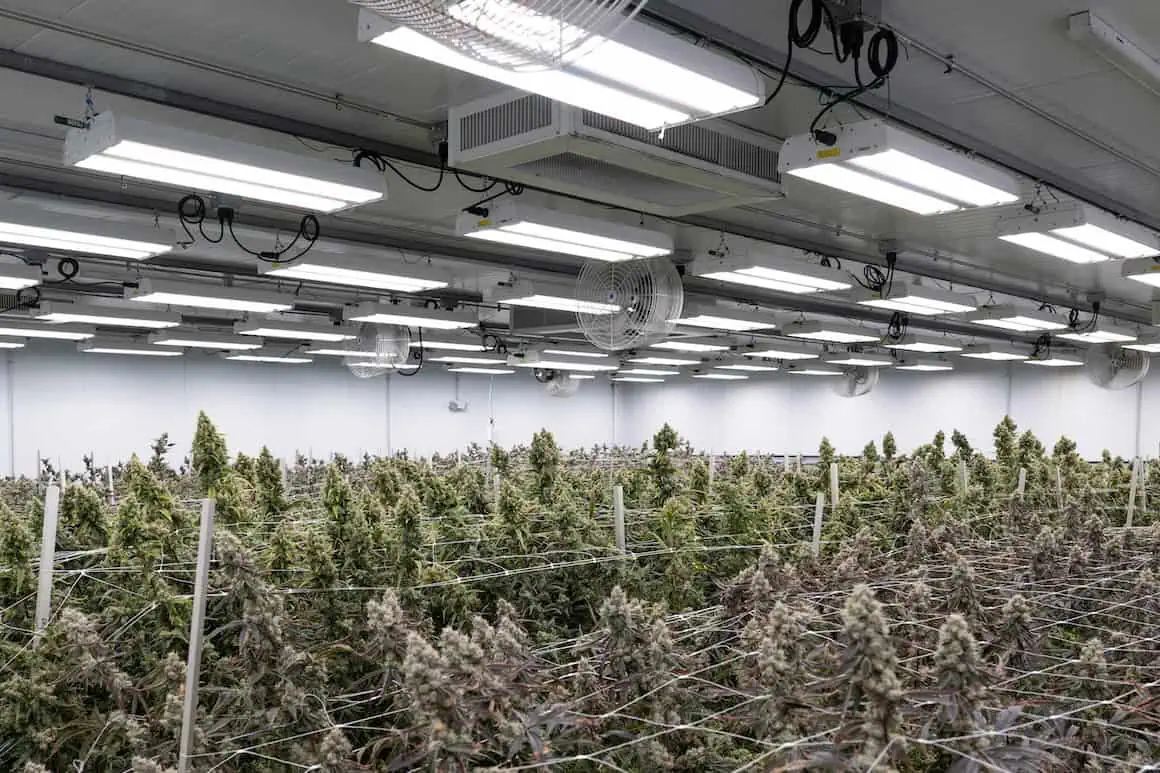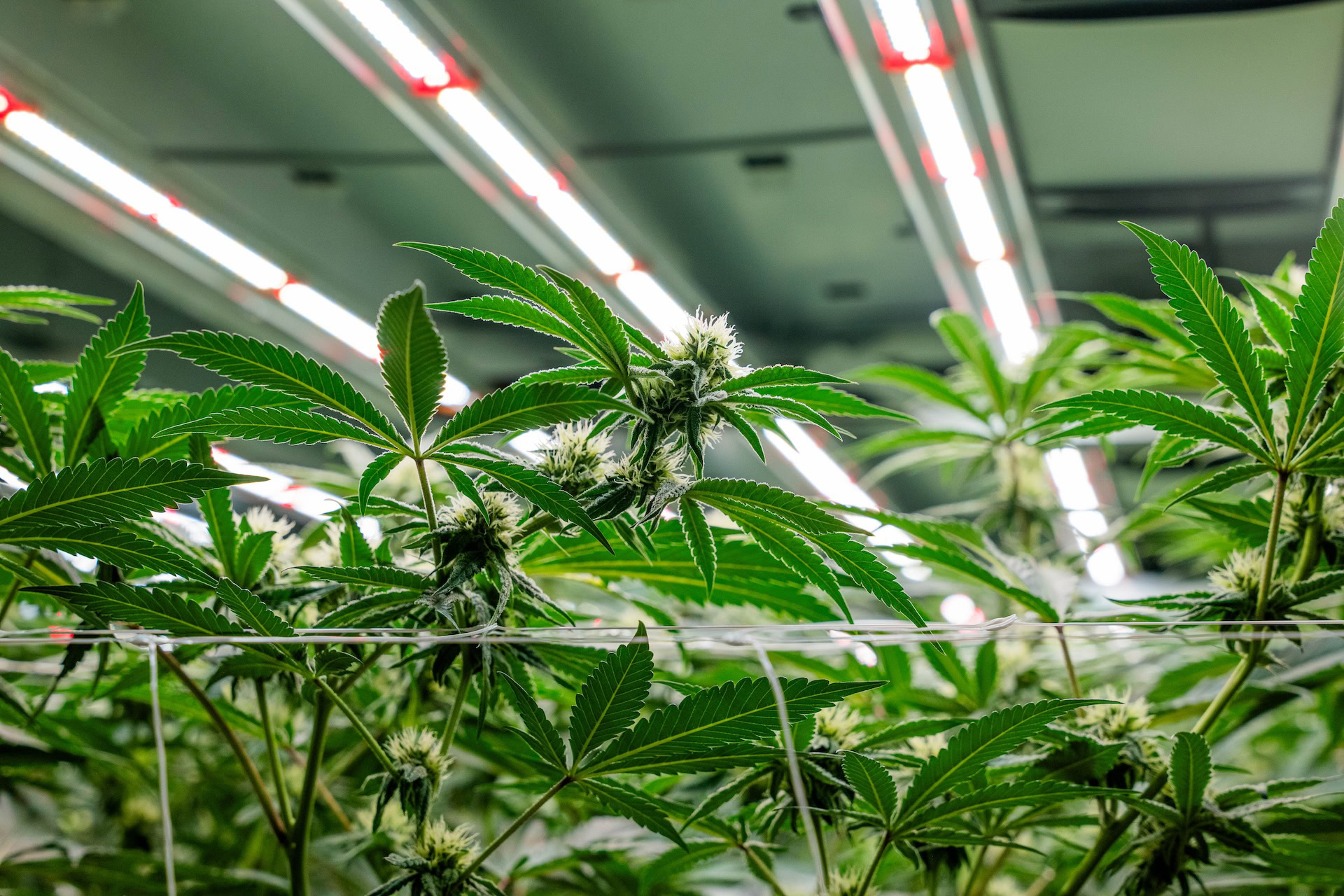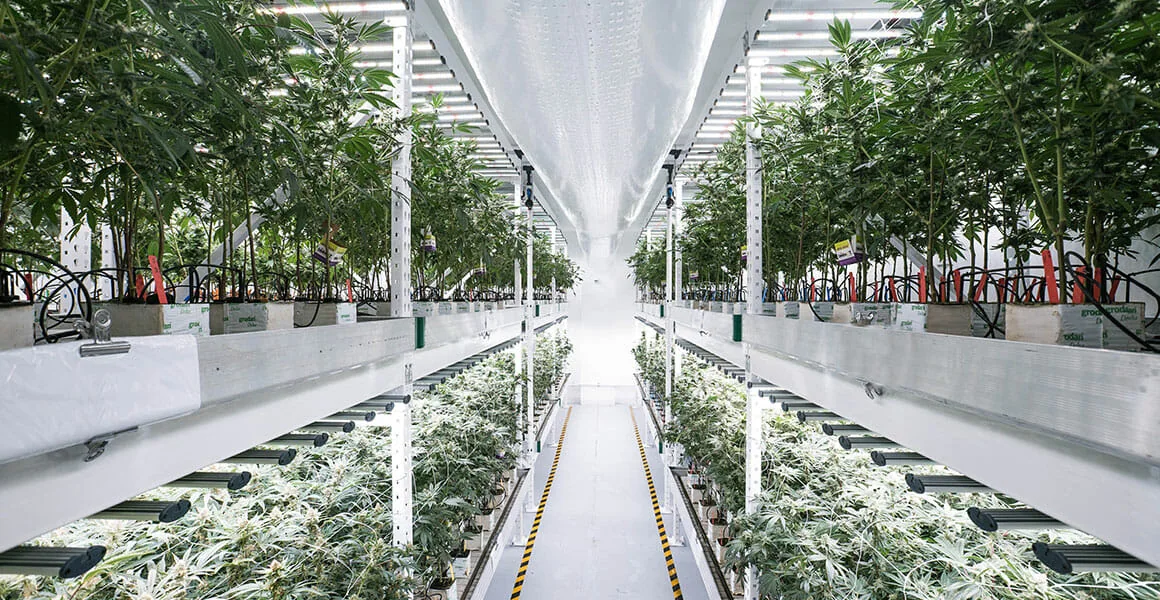Funding the Future: Enhancing LED Investment
- Posted on
- by Fluence Bioengineering
Table of Contents
Cultivators recognize the ever-increasing importance of using LEDs to grow healthier, more flavorful, and more consistent crops while lowering energy use. Yet, the journey from evaluation to implementation to payback and, finally, to profitability brings its own challenges in the form of timelines and upfront costs. Luckily, cultivators and operational directors are not alone when seeking sensible solutions. Utilities, manufacturers, and cultivators are more entwined than ever, creating novel pathways for LED adoption. This collective resource of professionals can help mitigate the headaches of adaptation, can streamline the process and information finding, and most of all can generate opportunities for savings and efficiency gains along the way.
Rebate incentives through local utilities
LEDs reduce the environmental impact of conventional electricity production and place less strain on the electrical grid. These tangible benefits have compelled governments and private organizations to offer financial assistance to those making the switch to LED lighting. Combined with Fluence’s ability to expertly navigate regulatory considerations and rebate opportunities around the world, there’s never been a better time for cultivators to start their LED transformation. NOTE: “As of spring 2021, the Fluence rebate program has saved customers over $15 million on their LED fixtures. With our close collaboration with customers and their local utility providers, we are able to facilitate rebate applications to make the most of the local incentives.” – Brady Nameth, Fluence utility rebate coordinator In the U.S. and Canada, utility companies often assist with 25 to 30 percent of capital expenses (and, in some cases, 50 percent or more) due to the clear benefits of LED lighting on energy infrastructure. We work directly with you to take advantage of these local programs and help you fund projects by:- Confirming the availability of funding and customer eligibility.
- Working with utility representatives to establish expectations and meet deadlines.
- Assisting energy reduction analysis and documentation.
- Negotiating custom incentives with utility companies if programs are not available (in some circumstances).


